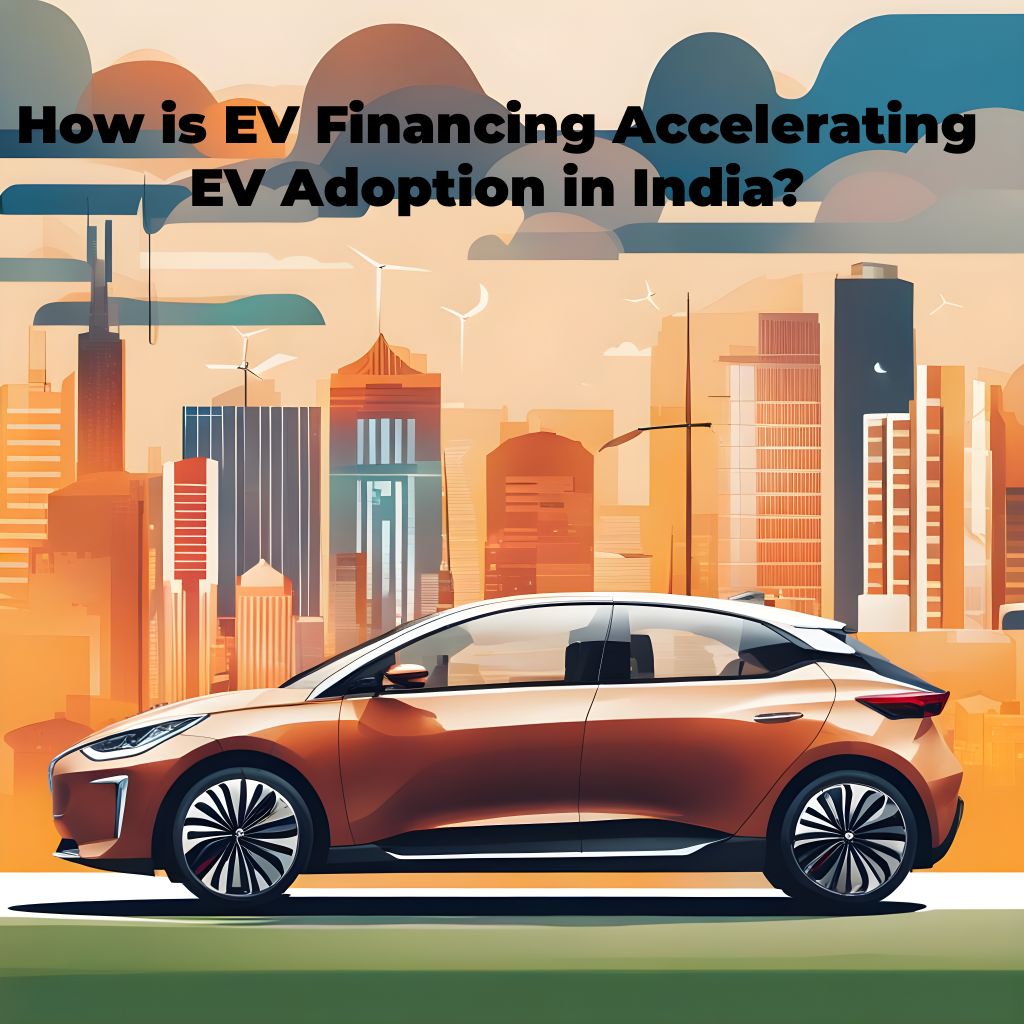
In recent years, India has been witnessing a significant shift towards sustainable and eco-friendly transportation, with Electric Vehicles (EVs) emerging as a frontrunner in this transformative journey. A crucial catalyst in this shift is the evolution of Electric Vehicle financing, which has played a pivotal role in accelerating the adoption of EVs across the country. This article delves into the dynamics of EV finance and explores its instrumental role in driving the electric mobility revolution in India.
Changing Dynamics of Mobility
The conventional automotive landscape is undergoing a paradigm shift globally, and India is no exception. With increasing environmental concerns and a push for sustainable development, the transportation sector is witnessing a move towards cleaner and greener alternatives. Electric Vehicles, with their zero-emission profile, have emerged as a compelling solution.
EV Financing: Breaking Barriers
One of the initial challenges hindering the widespread adoption of EVs in India was the cost factor. Electric Vehicles often come with a higher upfront cost compared to traditional internal combustion engine vehicles. Recognizing this hurdle, financial institutions and government initiatives have worked together to provide innovative financing solutions tailored for EVs.
Government Incentives and Subsidies
The Indian government has been proactive in promoting electric mobility through various incentives and subsidies. These incentives extend to both manufacturers and consumers, making EVs more affordable. Financial institutions have joined hands with the government to design financing schemes that take advantage of these subsidies, making the overall cost of owning an EV more attractive.
Low-Interest Rates and Flexible Loan Terms
Financial institutions are offering EV loans with competitive interest rates and flexible repayment terms. The reduced interest rates aim to incentivize potential buyers and promote the uptake of EVs. Flexible loan terms accommodate a variety of customer needs, making the transition to electric mobility more accessible.
Collaboration between Banks and OEMs
Banks and Original Equipment Manufacturers (OEMs) are collaborating to create exclusive financing packages for EVs. These partnerships ensure that consumers not only have access to affordable loans but also benefit from specialized financing options that cater specifically to the unique aspects of the electric vehicle market.
Residual Value Assurance
Concerns about the resale value of EVs have been a point of hesitation for many potential buyers. However, financial institutions are addressing this concern by providing residual value assurance programs. These programs guarantee a certain percentage of the vehicle’s initial cost upon resale, mitigating the fear of depreciation and providing added financial security to EV buyers.
Insurance Innovations for EVs
Insurance is a critical aspect of vehicle ownership, and financial institutions are recognizing the unique needs of EV owners. Tailored insurance products for EVs often cover specific risks associated with electric vehicles, such as battery-related issues. This not only ensures comprehensive coverage for the EV owner but also adds another layer of assurance for potential buyers.
Educational Initiatives
To further boost the adoption of EVs, financial institutions are engaging in educational initiatives. These programs aim to increase awareness about the benefits of electric vehicles and the financial advantages associated with them. Educated consumers are more likely to make informed decisions and contribute to the growth of the EV market.
Charging Infrastructure Investment
Apart from financing the vehicles themselves, financial institutions are also investing in charging infrastructure. This two-fold approach ensures that the entire ecosystem is well-supported, addressing concerns about the availability and accessibility of charging stations.
The Ripple Effect
The impact of EV financing goes beyond individual buyers. As more consumers embrace electric mobility, the increased demand drives economies of scale, leading to a reduction in the overall cost of EV production. This, in turn, makes EVs more affordable, creating a positive feedback loop that fuels further adoption.
Challenges and Future Outlook
While EV financing has made significant strides, challenges remain. Infrastructure development, range anxiety, and the need for further technological advancements are areas that require continued attention. However, the collaborative efforts of the government, financial institutions, and the automotive industry indicate a positive trajectory for the future of electric mobility in India.
Conclusion
Electric Vehicle financing is a key driver propelling the electric mobility revolution in India. The convergence of government incentives, innovative financing schemes, and collaborative efforts between financial institutions and OEMs is creating an environment where the transition to electric vehicles is not only feasible but financially advantageous. As the momentum builds, the road ahead seems promising, with EV financing playing a pivotal role in steering India towards a sustainable and eco-friendly future.


